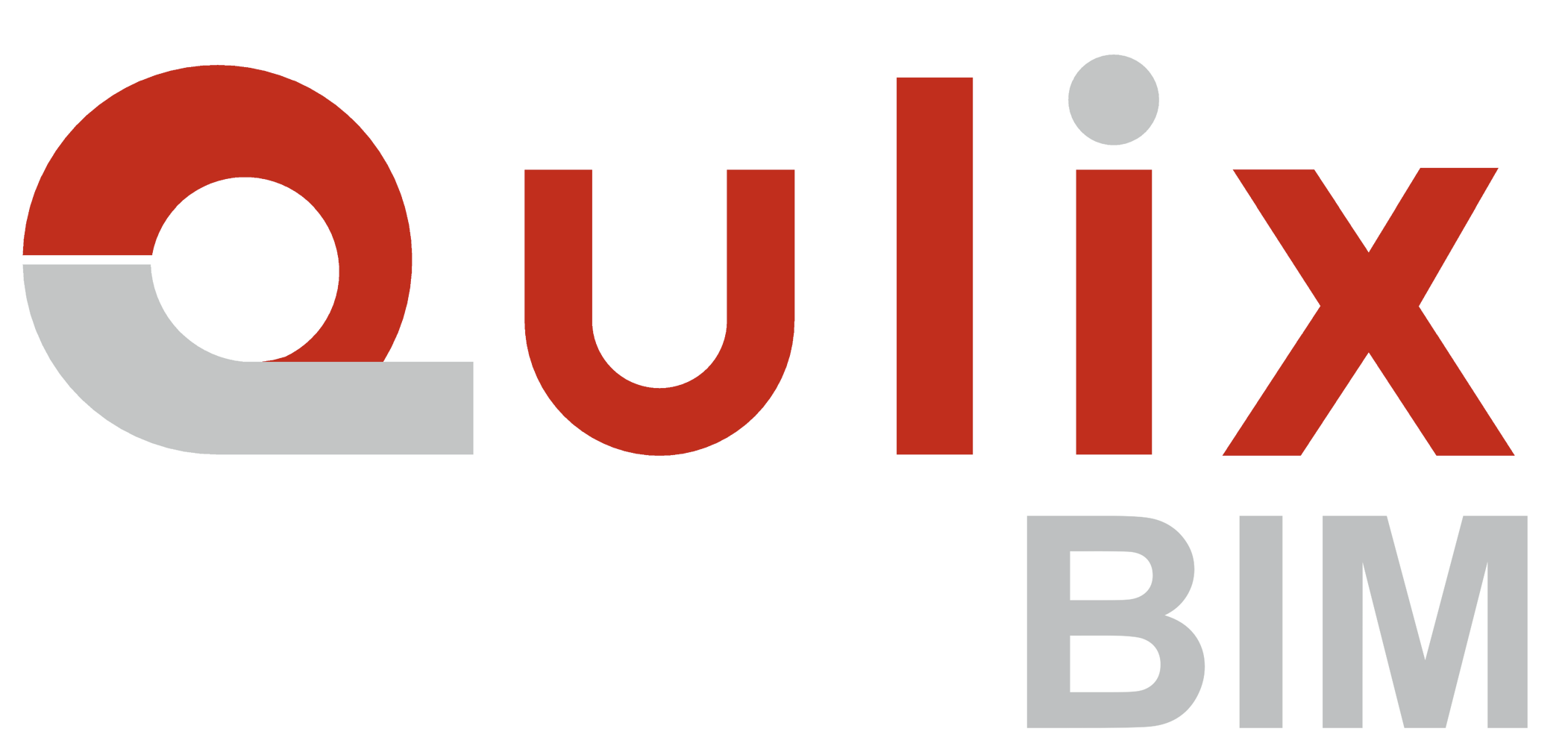What is Building Information Modeling (BIM)?
BIM stands for Building Information Modeling. It is much more than just software; it is fundamentally a collaborative digital process that creates and manages all the information related to a construction project throughout its entire lifecycle.
BIM: A Digital Process, Not Just a 3D Mode

The Three Core Components (B-I-M)
The true power of BIM is found in the unification of its three essential components:
1. Building (The Asset)
This component refers to the built asset itself. BIM applies to any type of construction, whether it’s a commercial building, an airport, a bridge, or utility infrastructure. It manages the physical geometry and scope of the asset.
2. Information (The Data)
This is the most crucial part. The model includes rich, non-graphic data, turning simple shapes into “intelligent objects.” These objects carry vital details like material type, cost, manufacturer, fire ratings, warranty information, and maintenance schedules. This embedded data enables accurate analysis, quantity takeoffs, and facilities management long after construction is complete.
3. Modeling / Management (The Method)
This component refers to the process of creating, sharing, and managing this central model. BIM is a methodology designed to facilitate continuous collaboration and version control, ensuring all team members are using the latest, coordinated information to make informed decisions throughout the project’s lifespan.
BIM’s Extended Capabilities: The Digital Dimensions
While the core is 3D geometry plus rich data, the BIM process often extends into several “dimensions” to manage the project holistically:
- 4D BIM (Time): Integrates the model with the project schedule to visualize the construction sequence and timeline.
- 5D BIM (Cost): Links the model to real-time quantity takeoffs and budget tracking for accurate estimation.
- 6D BIM (Sustainability): Focuses on analyzing energy performance and the environmental impact of the design.
- 7D BIM (Facility Management): Provides the data necessary for efficient asset management and operations throughout the building’s life.
Key Takeaway
BIM allows teams to virtually construct the building first, enabling them to test systems, resolve clashes, and identify cost issues before any materials are ordered or work begins on-site. This proactive approach dramatically reduces costly errors and delays


